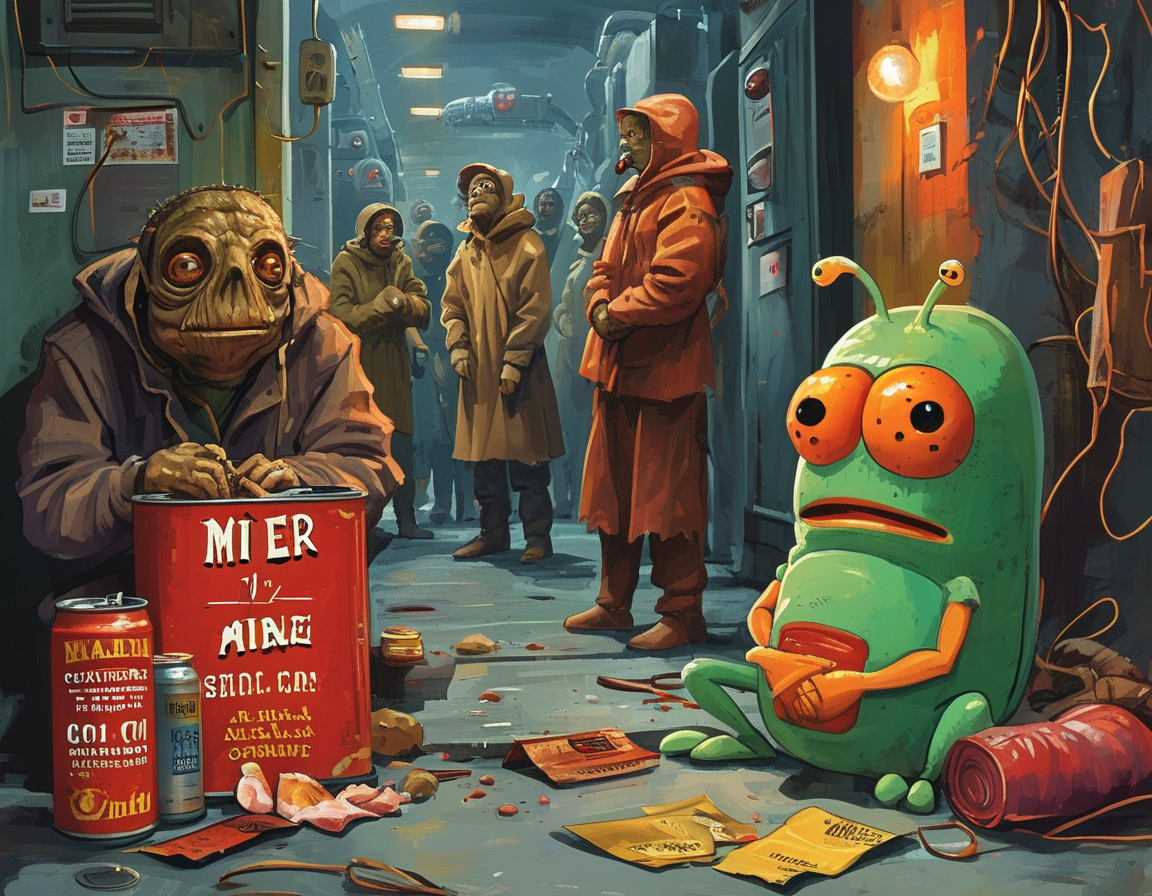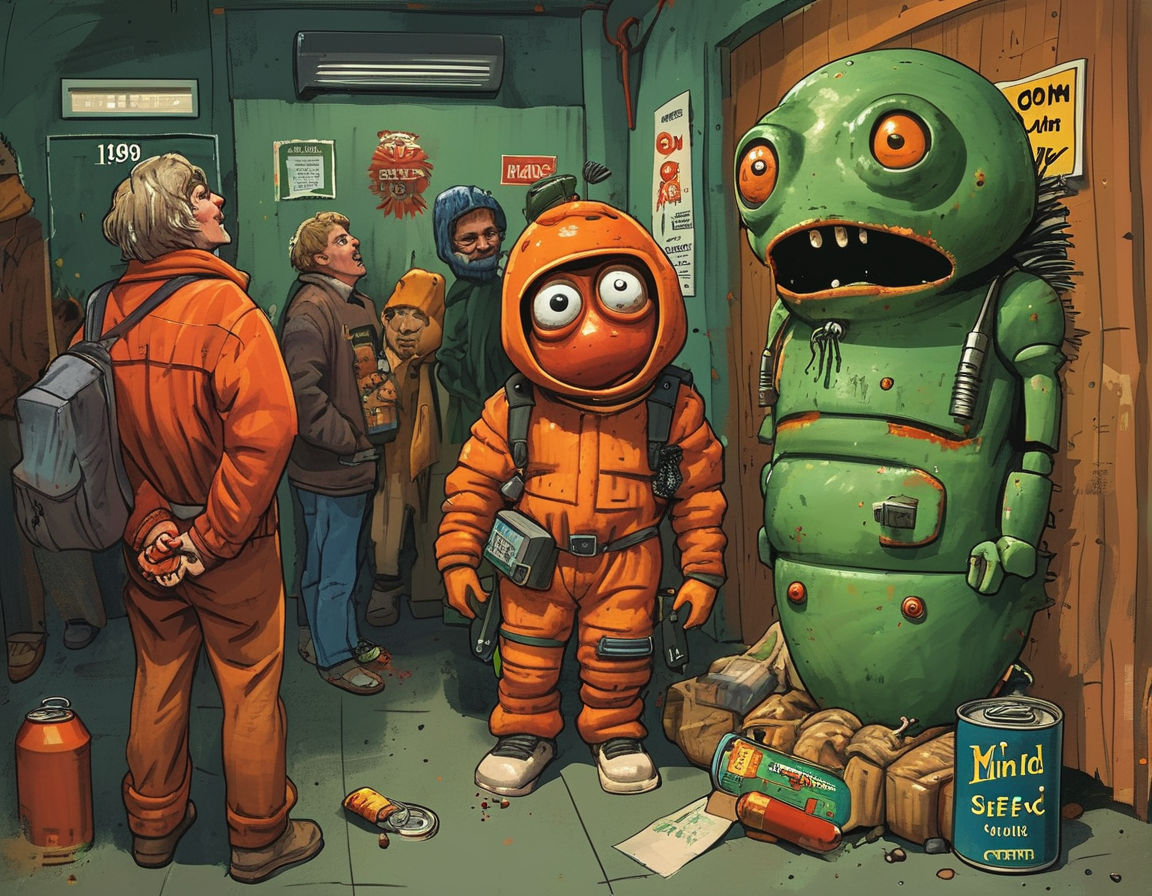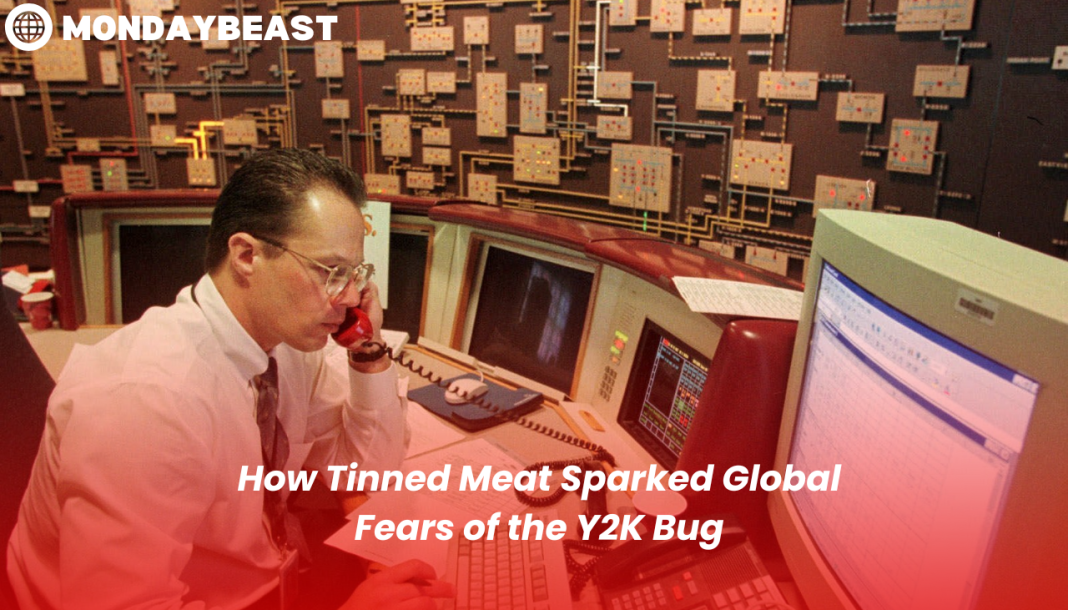As the clock ticked towards midnight on December 31, 1999, anxiety rippled through the globe. The millennium bug, seemingly an invisible monster lurking in our technology, held the world hostage. Would planes crash? Would hospitals fail? Would civilization unravel? For many, these questions weren’t mere hypotheticals.

In the UK, newspaper headlines screamed about impending doom. Dark humor buzzed along with the electricity, as countless jokes emerged about surviving the anticipated apocalypse. Who would want to be on a life-support machine at the stroke of midnight? It was a shared experience, each joke a salve for tightly wound nerves. And in that nervousness lay something deeper: a growing mistrust of the very technology that had become the backbone of modern life.
Notably, the very inception of these fears can be traced back to a simple batch of tinned meat. In 1987, Marks & Spencer received this shipment, but data from their computers failed dramatically. They rejected the meat at first, believing it was set to expire 90 years beyond its proper date. Can you imagine?

Fast forward a few years, and the dread intensified. People were genuinely frightened. Many prepared for doomsday scenarios. Some, like the Perron family from the UK, left urban life behind, fearing everything from food shortages to nuclear mishaps. Their hilltop cottage in Moray became a sanctuary. No electricity, but a generator and a garden full of fresh vegetables.
How serious should these citizens have taken their fears? The UK government, recognizing the widening chasm between perception and reality, created Action 2000. With a hefty budget of £17 million, this taskforce worked tirelessly to prepare the nation for Y2K-related disasters. Authorities named and shamed unprepared departments. Yet as funds flowed like water, the expected disasters remained largely absent.

Research firms, like Gartner, speculated on the costs linked to Y2K readiness. Estimates soared to $600 billion globally, a staggering figure. Yet for every fear, there was a contrary example. Italy, South Korea, and even Russia had little preparation in place. Surprisingly, their experiences mirrored countries investing vastly more.
Allowing tech-driven hysteria to swirl, the comet of paranoia divided opinions. Critics in Cuba accused Western nations of orchestrating a scare to boost computer sales. Were fears simply a capitalist conspiracy? Some technology insiders were quick to rise in defense of the initiatives taken. Martyn Thomas, who led Y2K efforts at Deloitte Consulting, pushed back against skeptics who reduced the situation to mere hype.
“Those of us who worked night and day to ensure systems were functioning are angry when people dismiss our efforts because of calmness on January 1st,” he articulated in a reflective piece. So was the millennium bug a genuine threat or an inflated concern?
Finally, when January 1, 2000, dawned, the hysteria quieted. For many, it was anticlimactic—a far cry from the catastrophic breakdowns imagined just months prior. A whirlwind of fears led to a global event many labeled a monumental non-event.
Ultimately, the real lesson may not lie in the disasters that never happened but rather in understanding human psychology—a society shaped by technology, teetering at the edge of chaos and order. How do you view the legacy of Y2K? Was it an essential wake-up call or a case of the boy who cried wolf?




